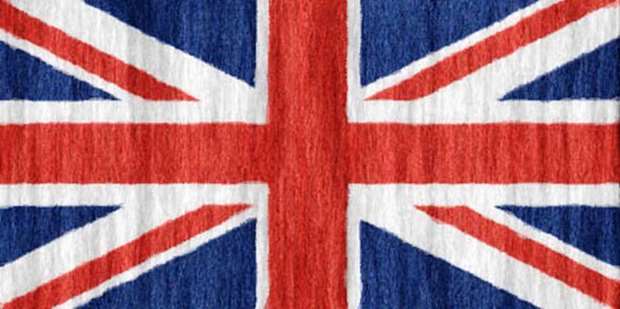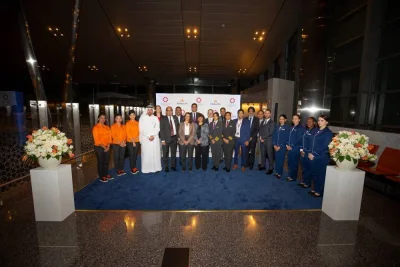The research, based on the latest updated London Atmospheric Emissions Inventory, shows that every area in the capital exceeds World Health Organisation (WHO) limits for a damaging type of particle known as PM2.5.
It also found that 7.9mn Londoners – nearly 95% of the capital’s population – live in areas that exceed the limit by 50% or more. In central London the average annual levels are almost double the WHO limit of 10µg/m3.
The findings, described as “sickening” by London’s mayor, Sadiq Khan, have serious health implications – especially for children – with both short- and long-term exposure to these particulates increasing the likelihood of respiratory and cardiovascular diseases. Health experts say that young people exposed to these toxic pollutants are more likely to grow up with reduced lung function and develop asthma.
Khan said: “It’s sickening to know that not a single area of London meets World Health Organisation health standards, but even worse than that, nearly 95% of the capital is exceeding these guidelines by at least 50%.”
London is widely recognised as the worst area for air pollution in the UK, although there is growing evidence that dangerously polluted air is damaging people’s health in towns and cities across the country.
The mayor’s office said approximately half of PM2.5 in London is from sources outside the city. However, the main sources of PM2.5 emissions in London are from tyre and brake wear, construction and wood burning.
The figures were revealed as it emerged that the government has failed to bring down the number of regions across the UK with illegal levels of air pollution despite being ordered to by the courts.
According to figures submitted by ministers to the European Commission, 37 out of 43 zones across the UK are still in breach of pollution limits – the same number as in 2015 – despite the government being under a supreme court order to bring pollution down as soon as possible.
Clean air campaigners criticised the government’s inaction and welcomed Khan’s plans, which include the introduction of an ultra-low emission zone in 2019.
But they called on the mayor to take more urgent, immediate action in light of the scale of the crisis.



